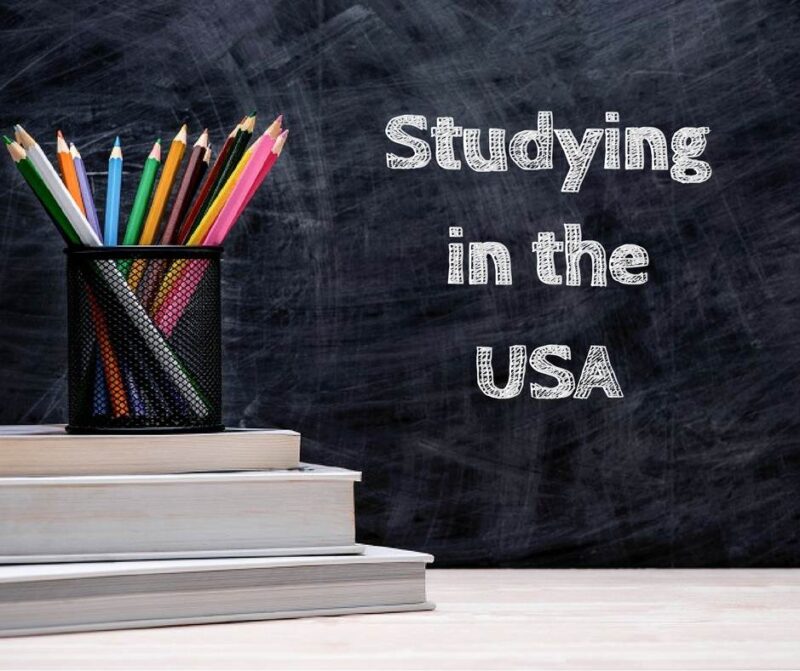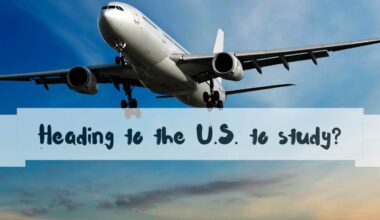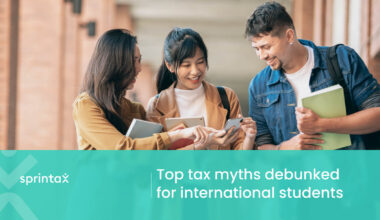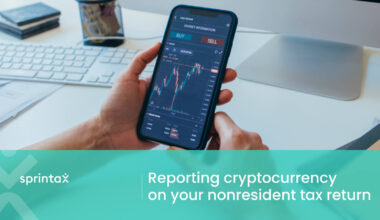If you want to study in the US as an international student, you’ll need a student visa. Your course of study and the school you want to attend will determine if you need to apply for an F-1 or M-1 visa.
Before you apply
You must get a place in a SEVP (Student and Exchange Visitor Program) approved school before you apply for your visa. You can search the Department of Homeland Security website Study in the States for SEVP approved schools. You’ll need to be accepted by a SEVP school 6-12 months in advance. There’s also a SEVIS fee you must pay separately to visa and school SEVIS administration fees.
Types of student visas
Depending on your course of study, you’ll need an F-1 or M-1 visa.
F-1 Visa:
- University or college
- High School
- Private elementary school
- Seminary
- Conservatory
- Other academic institution (incl. language training)
M-1 visa:
- Vocational or recognized non-academic institution (other than language training)
How to apply
Once you secure a place, you should visit your US embassy or consulate website for specific information. However, generally there are a number of steps:
- Complete an online application (Form DS-160)
- Upload a photo
- Print the application confirmation
- Schedule an interview with your local embassy or consulate
- Take your application with you to the interview
Fees
You’ll have to pay a non-refundable application fee. The amount depends on the country where you apply. New students can get an F-1 or M-1 visa up to 120 days before the start of their course, but won’t be allowed to enter the US earlier than 30 days before the start date.
What documents do I need for my interview?
- Passport (valid for at least 6 months beyond your stay)
- Form DS-160 confirmation page
- Application fee receipt
- Form I-20A-B or Form I-20M-N (your school will send you Form I-20 once they’ve put your details in the SEVIS database)
- Check the instructions on your embassy website as additional documents may be required
Upon finishing your course
F-1 visa holders can stay in the US for an extra 60 days after completing the course but M-1 visa holders may only remain an extra 30 days after their course is finished.
This is called a ‘grace period’ and lets you prepare for your departure from the US.
Good luck!








